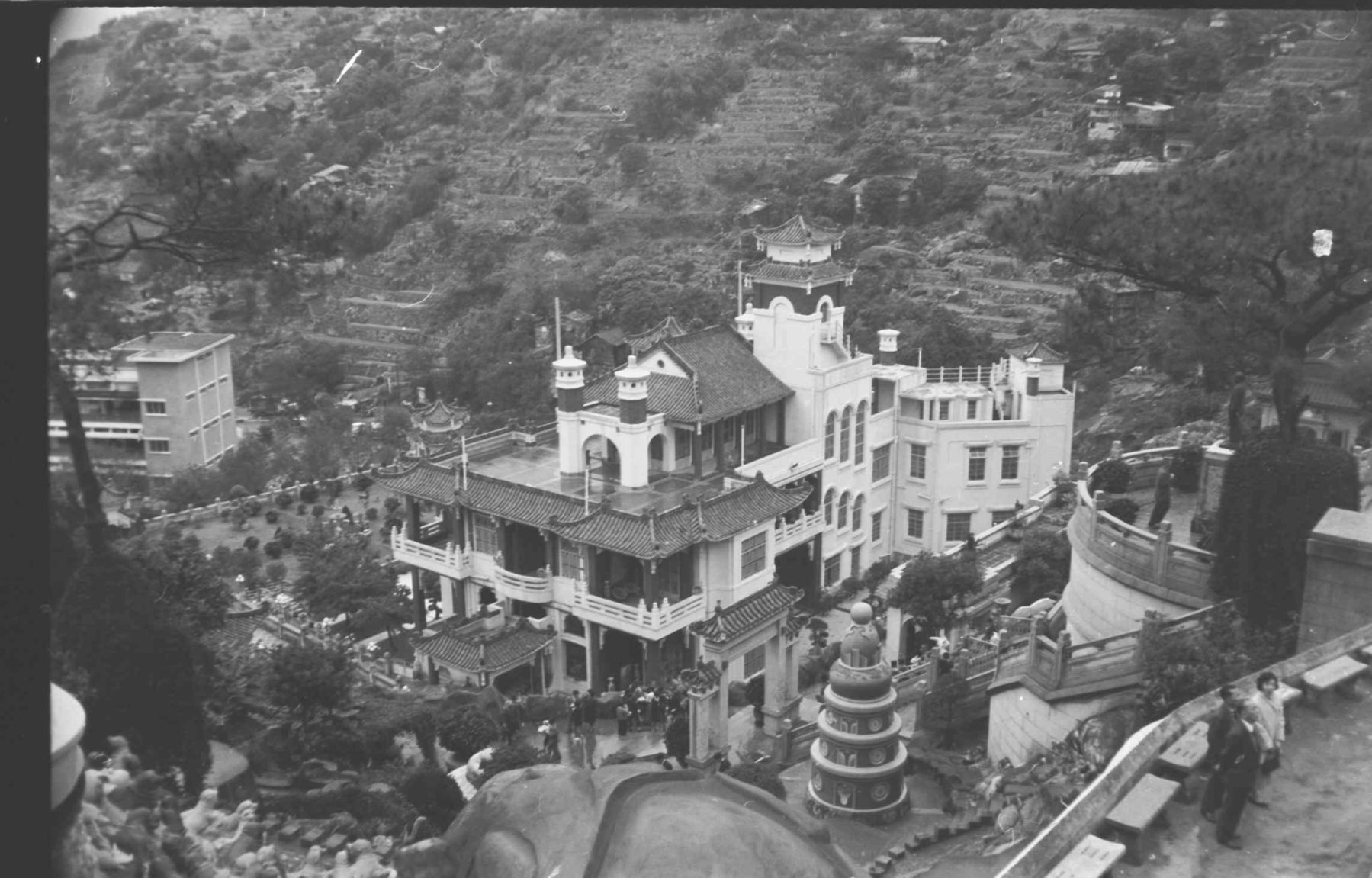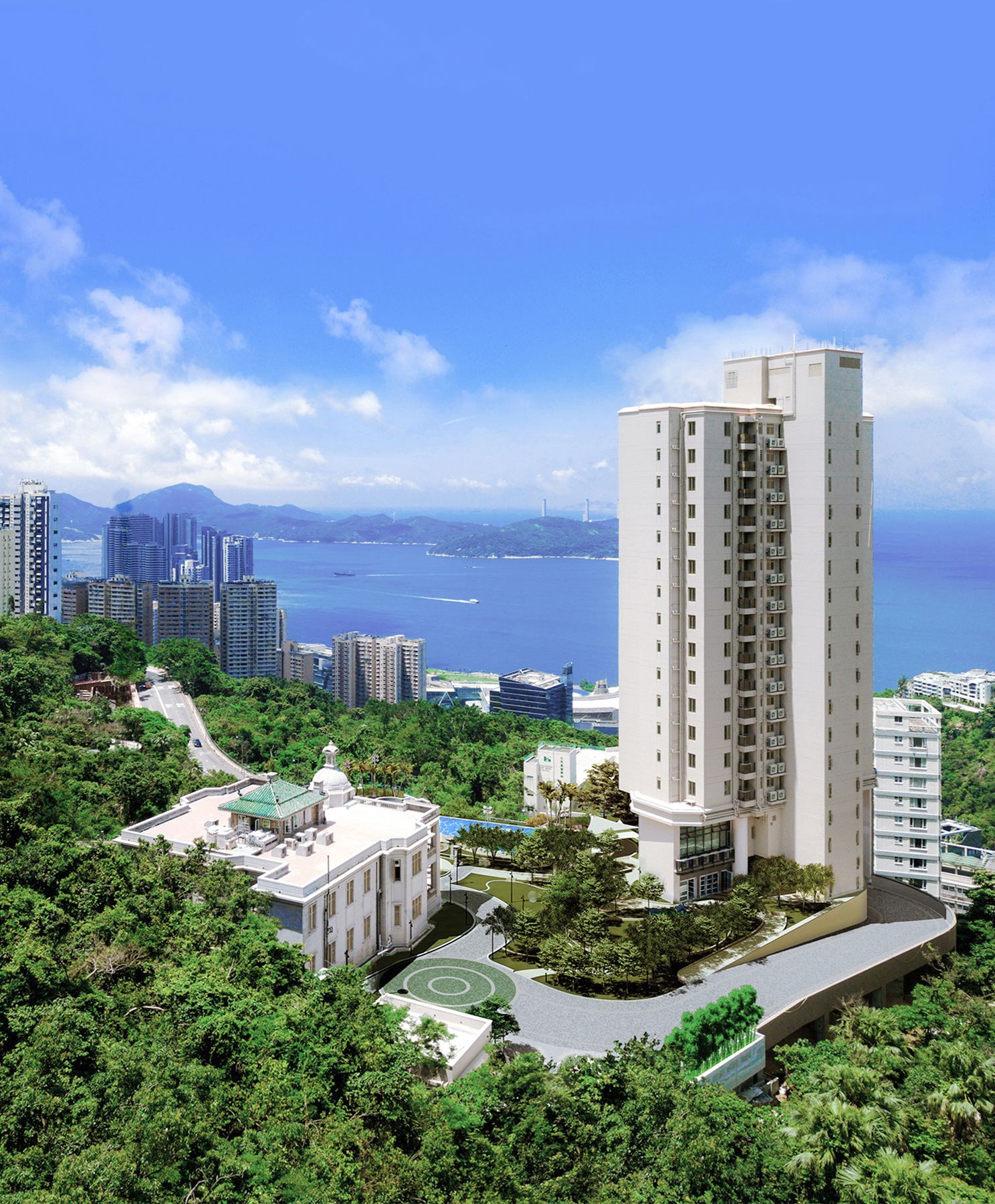We explore three historically significant luxury properties in Hong Kong: King Yin Lei, Haw Par Mansion and Jessville
Hong Kong is known for developing at breakneck pace—we often see old structures being torn down to make way for high-rise developments. While the city does have a number of well-maintained historical sites, privately owned homes that appear on the government’s protected lists are few and far between.
That’s why you should have these properties on your radar. Significant efforts have been made in the conservation of these homes, which were built as private residences—and there’s plenty of fascinating history behind each one.
In case you missed it: Bruce Lee’s Former Hong Kong Address Becomes A Private Club-Inspired Playground
King Yin Lei
Modelled after a traditional Southern Chinese courtyard house, King Yin Lei stands out among the modern high-rises of Mid-Levels East.
Built in 1937, the mansion sits on a 4,910 sq m site. It is a vast complex with a collection of structures, including a main building and secondary building, an annex, a garage, a pavilion and a swimming pool. Located on Stubbs Road, it affords views of Happy Valley.
Classical Chinese-inspired elements dominate the design, and this is especially evident in the styles of the roofs. Among these, there’s a pyramidal roof in a quadrangular shape; a double-eave pyramidal roof in a hexagonal shape and a humpbacked roof. Finally, one is built in an architectural style known as luding in Chinese, which refers to a four-sloped roof that surrounds a flat, central portion.
Read now: The Most Exclusive Apartment Buildings And Residential Complexes In Hong Kong




